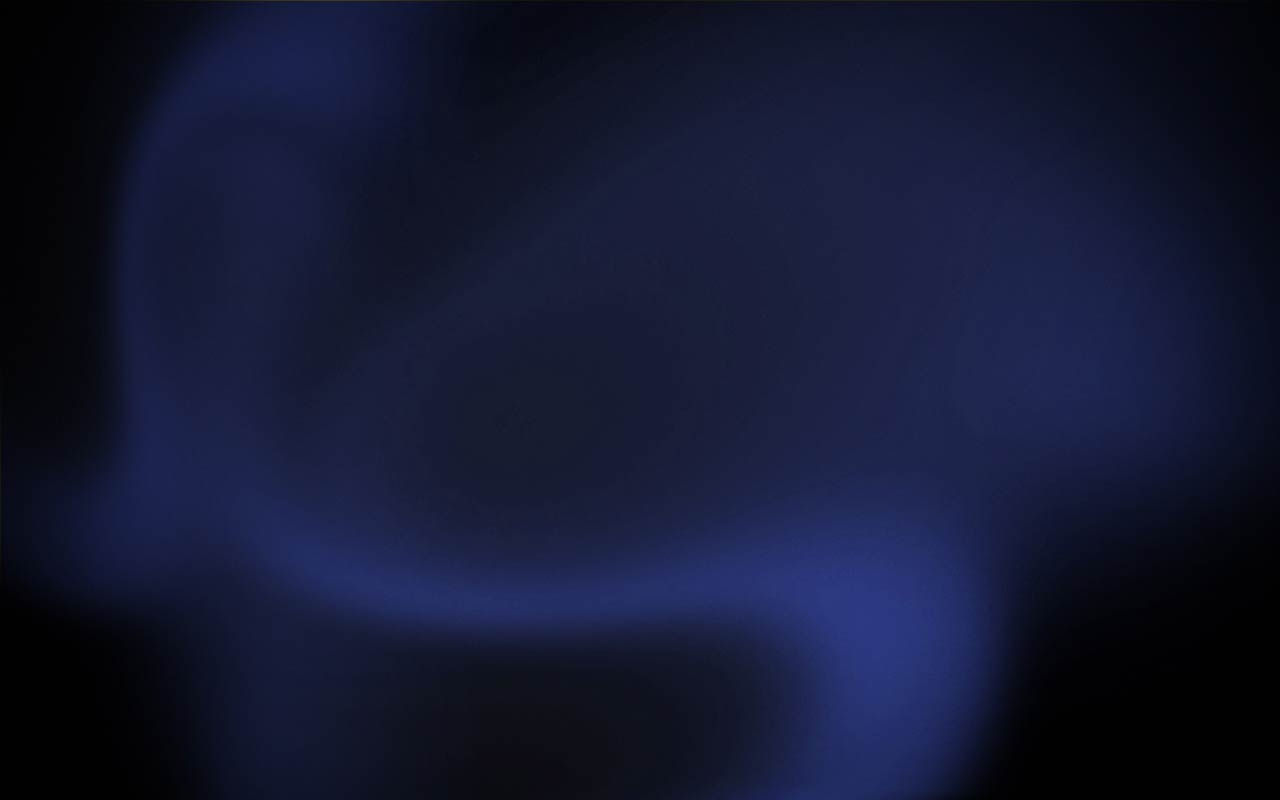THE FRAGMENT - 2015
- IMSS

- Jan 6, 2019
- 3 min read
Dr. Richard Maguire
On behalf of the committee of the IMSS I am very pleased to bring you the first edition of ournewsletter ‘The Fragment’. The objective of the IMSS is to provide a forum for practitioners of Mass Spectrometry. To do this, a meeting of the IMSS isheld each year. This year’s meeting will be held on Wednesday the 13th of May in the Moran Red Cow Hotel, Dublin.
The purpose of this newsletter is to highlight new developments or interesting applications of Mass Spectrometry to the membership of the IMSS. We also maintain an up to date website (www.imss.ie) which provides contact information of the IMSS, details on committee membership, meeting information and links to areas of interest for users of mass spectrometry.
All of this takes a lot of effort and I would like to thank all those involved in the IMSS (past and present) who have kept and continue to keep the society and its activities going. I hope you enjoy the newsletter and if you would like to contribute please contact us at contact@imss.ie. We look forward to seeing you all in May.

On the 12th of November, 2014 a huge event occurred some 50 million miles from earth...a probe which had taken off from French Guyana in 2004 landed on comet 67P. While this event alone is fascinating, it is all the more intriguing to anyone with an interest in mass spectrometry as there was a GC-MS on-board.
The Rosetta mission, (named after the famous Rosetta Stone discovered and deciphered in part in 1799) concerns a robotic probe built and launched by the European Space Agency. Along with Philae, its lander module, Rosetta is pre-forming a detailed study of comet 67P. The Philae lander is comprised of 9 separate experiments and one of these ‘MODULUS Ptolemy’ is concerned with the precise measurement of stable isotope ratios of light elements H, C, N and O in their various forms within material sampled from the comet subsurface, surface and near surface atmosphere.
The aim of the project is to determine the degree of isotopic enrichment (or depletion) of D (i.e., 2H), 13C, 15N, 17O and 18O in cometary samples relative to specified standard reference materials. The idea for this experiment came from Prof Colin Pillinger and the project lead for Ptolemy is Prof. Ian Wright from the Open University.
The mass spectrometer is an ion trap; a type of analyser not normally associated with isotope ratio measurements but the reason for its inclusion is understandable given the size and weight limitations. This is no ordinary ion trap, as conventional systems were found to be unsuitable and so specific software and hardware had to be developed and validated to ensure the mass accuracy and measurement precision required for the intended experiments. An advantage of mass spectrometry in space is that the working pressures required are ambient so there is no need for a vacuum system. In addition to the ion trap there are 3 GC columns, a Helium/Argon gas supply, a H2 gas supply and also small bore chemical reactors pre-column with roles such as drying, protonation and fluoridation, necessary for the various experiments planned.
A drill (20cm depth) on board Philae will be used to take solid samples which will enter an oven, which is vented and then various temperature programmes will be executed before introduction of the gases into the GC-MS. After 20 years of planning, building, launching and orbiting Philae made a soft landing on 67P, unfortunately it landed in shadow and as result its batteries are not currently being charged by the solar panels incorporated into the system. It is hoped in 2015 that the lander will re- awaken as the comet re-orientates relative to the sun. Please see references and links below for further information on this project.
References
Chapter 9 ‘An Ion Trap too far? The Rosetta Mission to characterise a comet’ from March, R.E.; Todd, J.F.J. ‘Quadrupole Ion.
Trap Mass Spectrometry’, 2nd Edition, Wiley, Hobokken, NJ, USA, 2005.
www.bmss.org.uk/news2.shtml
http://en.wikipedia.org/wiki/Rosetta_%28spacecraft%29
http://www.esa.int/Our_Activities/Space_Science/Rosetta/

Comments